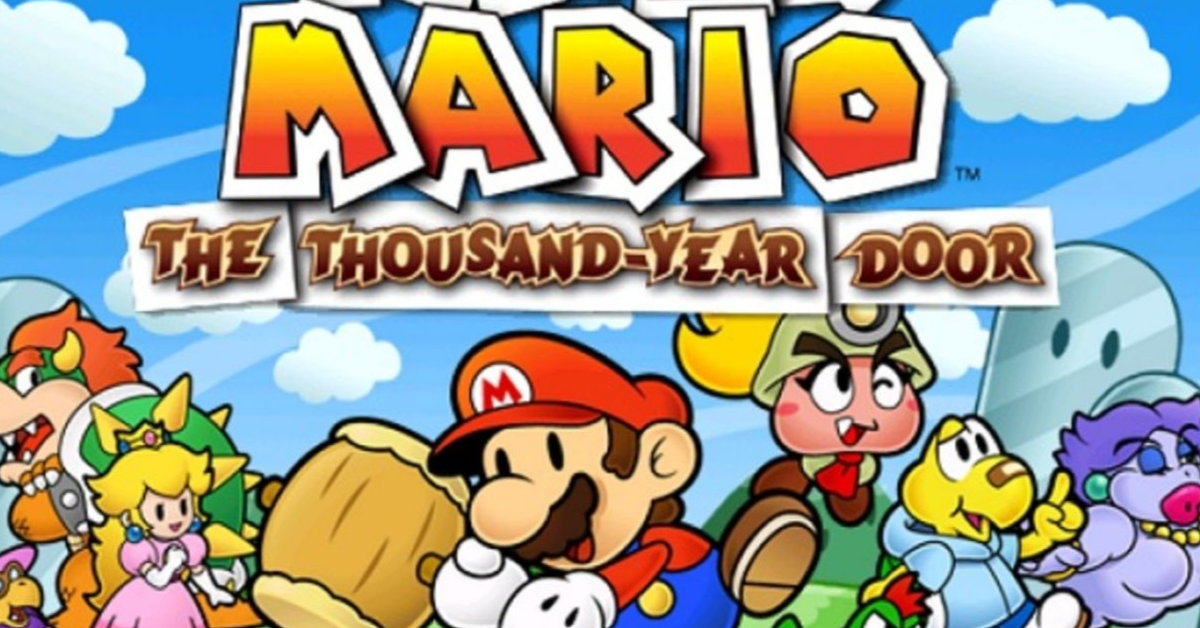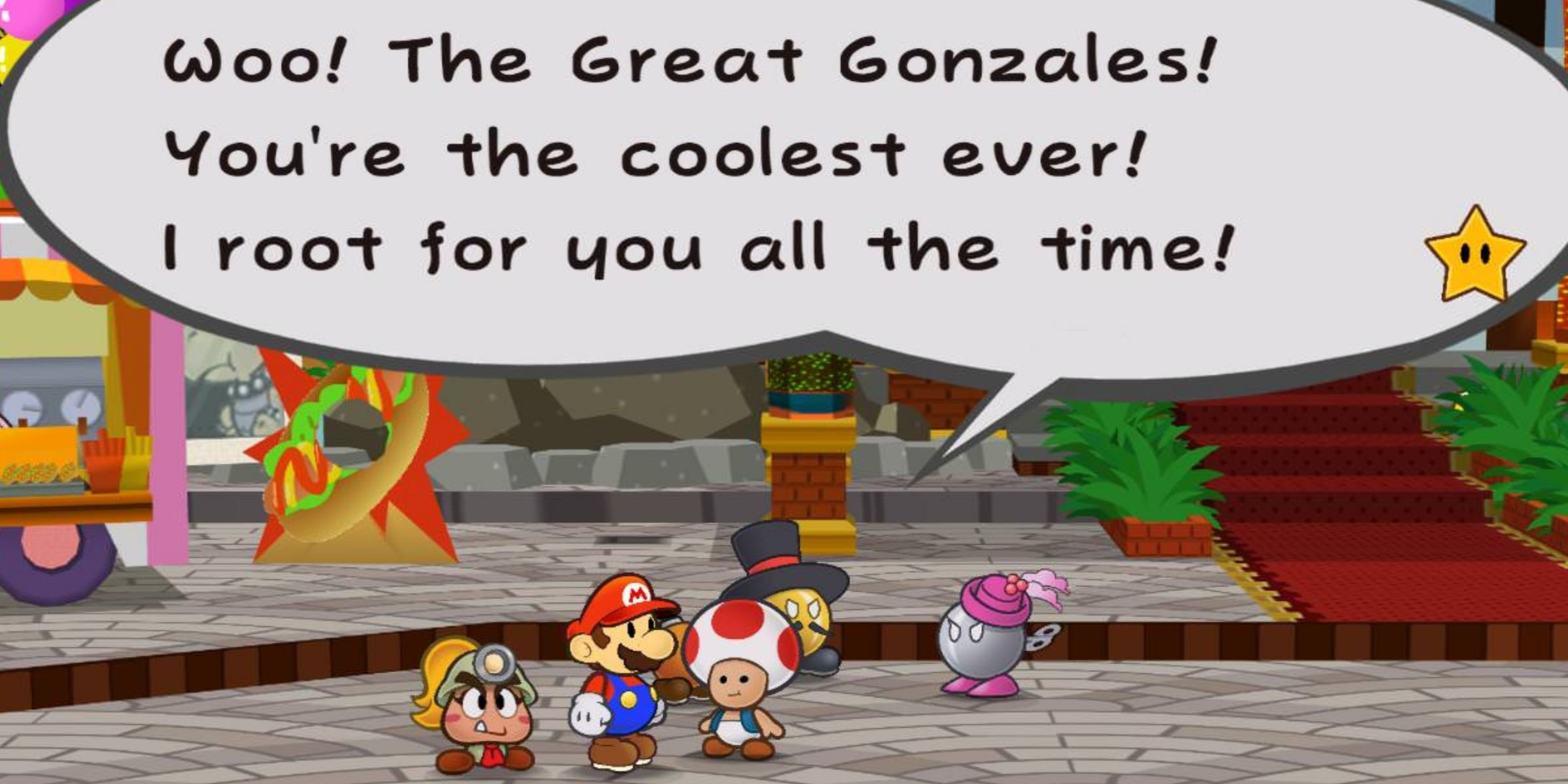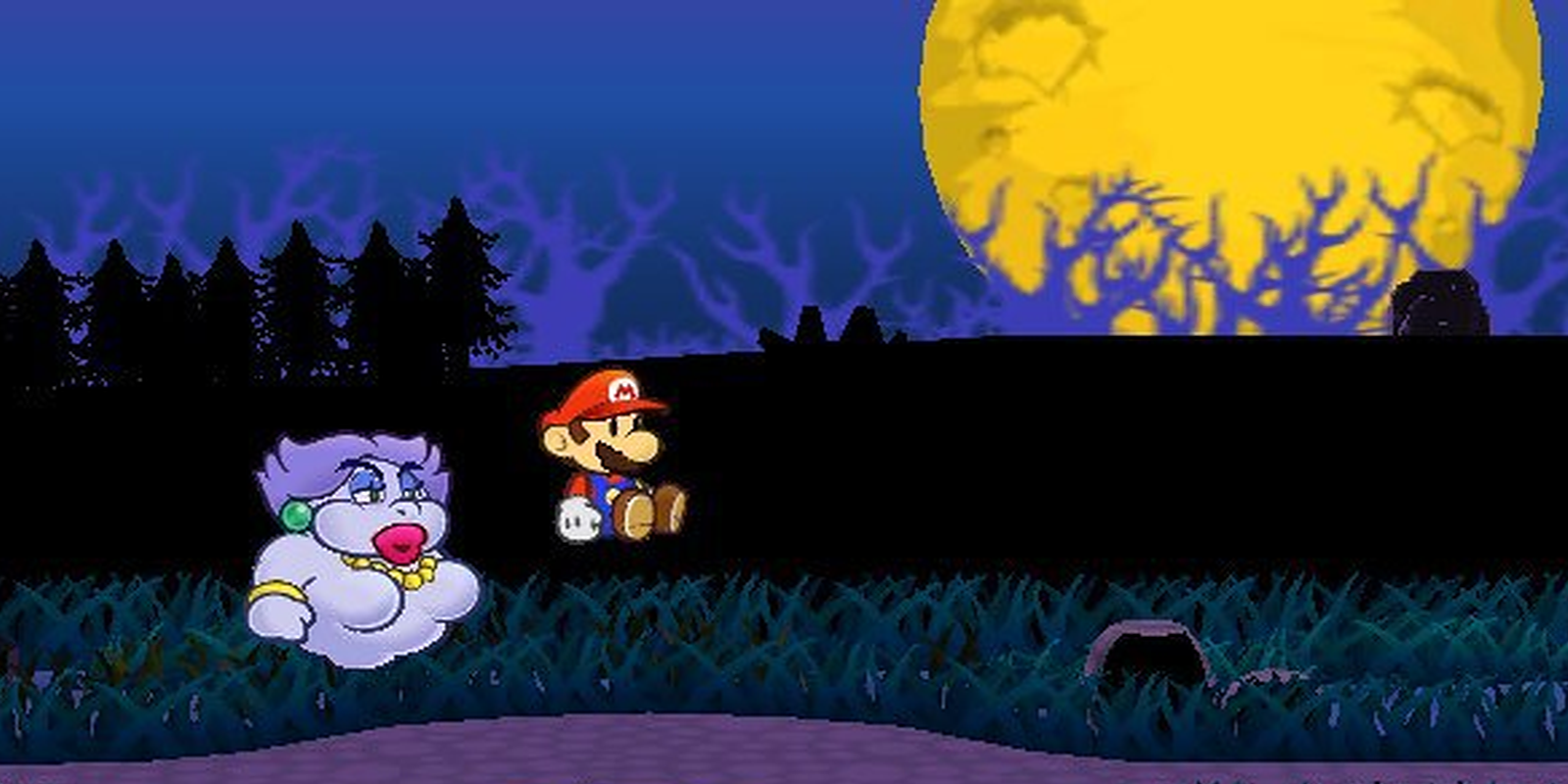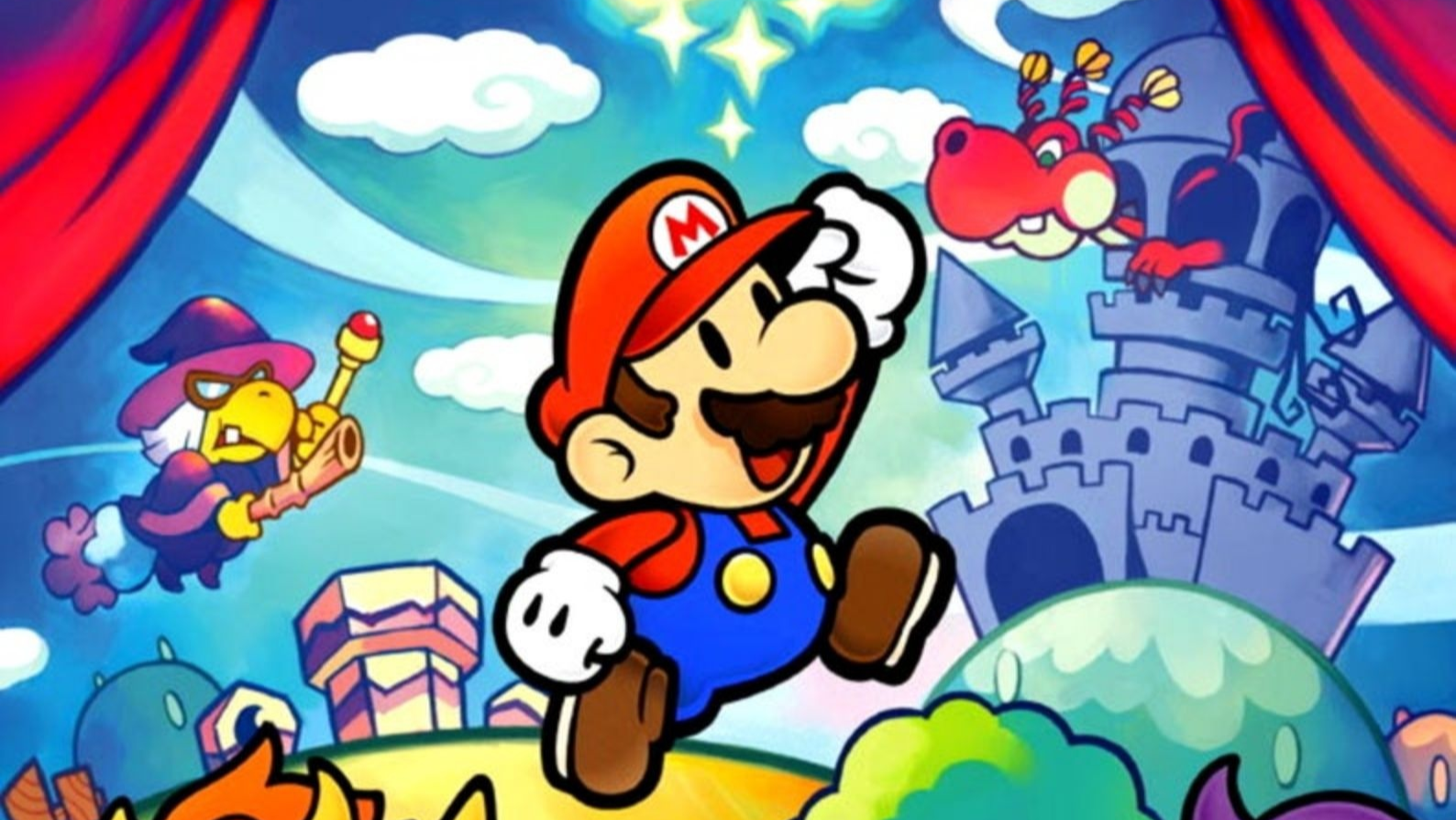Mario, one of Nintendo's flagship characters, has been in a lot of games over his nearly 40-year history. Not only does he have his main platforming adventures, but he participates in kart races, plays tennis and golf, throws parties for his friends (and enemies) and even beats up his friends for sport every now and again. However, we mustn't forget his other outlet: turn-based adventure games.
The series of Mario RPGs started with a classic entry from the gods of the genre, Square Enix (formerly SquareSoft), before branching off into the Paper Mario series and the Mario & Luigi series. Both are similar in gameplay and tone but different in presentation and execution. Recently, Mario RPGs have been few and far between, with the Paper Mario series floundering and the Mario & Luigi currently in limbo with developer AlphaDream going under.
Still, there are reasons to celebrate as one of the best Mario RPGs as Paper Mario: The Thousand-Year Door turns 15 this year. Released on the Nintendo Gamecube in October 2004, the game takes Mario away from the familiar Mushroom Kingdom and into the rough port town of Rogueport. Of course, this is Nintendo we're talking about and as such, the area is still family-friendly despite its intentionally dingy and intimidating look.
HUMOR AND CHARACTER
The first thing about The Thousand-Year Door that makes it so memorable is the humor. Immediately as you step onto the dock in Rogueport, the game's quirky sense of humor sets into motion and continues throughout the rest of the game. The colorful cast of characters around the world is comprised of familiar Mushroom Kingdom enemies and side characters, such as bob-ombs, goombas, koopas and more. Many of the characters have a distinct way of talking which is very well depicted in the dialogue despite there being no voice acting.
One of the most fun parts of the game is the way many of the characters interact with Mario himself. Mario, for the most part, takes the role of the silent protagonist with the characters around him describing his actions and perceptions for him (often without him telling them). As such, a lot of assumptions are going on, and the way many of these characters interpret Mario is really funny. You have never seen so many supposed tough guys afraid of someone's mustache. (Seriously, Mario's mustache is seen as a real symbol of machismo in this game.)
Beyond that, many of the characters will see Mario as heroic, sympathetic, foolish, helpful, or whatever it is they would like him to be. Sometimes, Mario will flat out deny doing something but the character in question will go on as if this hasn't happened.
There's this running gag within the game where some characters don't know who he is, despite being somewhat famous due to his previous adventure. Even funnier is some of them confuse him with Luigi! In fact, Mario will often be referred to by different names. This is how he ends up getting called "The Great Gonzales" at one point.
ENDLESS EXPLORATION
The places you travel to in The Thousand-Year Door are quite varied, from sunny plains to a tropical, volcanic island; from elaborate trains to floating cities and from a giant hollowed-out tree to... space?!
The art design here helps as the game's paper aesthetic is often fully taken advantage of in these places, allowing for inventive ways to explore or present a piece of the landscape. Maybe there's a hidden area behind a wall. Perhaps you look for a part of the surface where it looks like a piece of paper has curled up to find it! The original Paper Mario did this as well, but here, it is much more prevalent and better implemented.
NOT YOUR AVERAGE RPG
Finally, and thankfully -- as we are talking about a video game -- the gameplay stands with the characters and the world as one of the most memorable parts of this game. It's true that the combat is turn-based, but the need to do various button inputs to execute attacks correctly keeps you engaged more than most turn-based RPGs. Add in the crowd mechanic that allows you to randomly get benefits and detriments for yourself, your partner, or your opponents and there's a lot more to keep track of than you may expect.
The badges mechanic also allows you to equip buffs and new abilities at your discretion as long as you have the badge points to do it. It makes for a very open-ended feeling that makes the fights feel like your character is battling as opposed to what it intended for them. Well, of course, you're playing as Mario, but it is a Mario that you trained and equipped, not a predetermined one.
That's not all of the gameplay, however. As in most RPGs, you need to explore and travel from location to location, and The Thousand-Year Door is no different. However, once again, this game bucks RPG trends and there are often items to find, more than one pathway to follow, and random encounters can be avoided due to every enemy appearing on the field. You can even attack them before they get you to gain the upper hand in battle!
When The Thousand-Year Door was first released, it received high praise and commercial success, but it was never heralded as something exceptional. However, as time has gone by, its fun mechanics, memorable adventure and charm has gained it further acclaim in retrospect. Paper Mario: The Thousand-Year Door is now often included in "Best Of" GameCube lists as well as one of the best Mario RPGs, if not the best, of all time.




